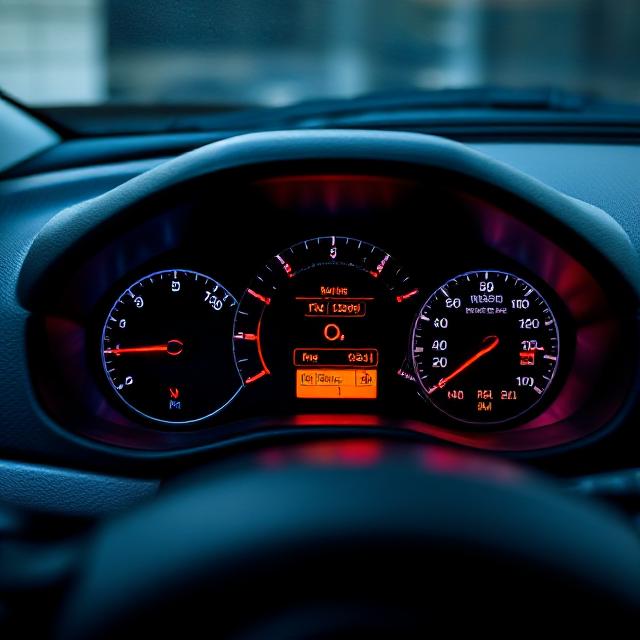
Table of Contents
🔧 What Are Car Diagnostic Codes (OBD-II)?
Car diagnostic codes, also known as On-Board Diagnostic (OBD-II) codes, are alphanumeric codes that your car’s computer system generates when it detects a problem. These codes pinpoint specific issues related to the engine, transmission, emissions, and more.
🔠 Format of an OBD-II Code
Each code has five characters:
- First letter: System
- P = Powertrain (engine/transmission)
- B = Body (airbags, seats, etc.)
- C = Chassis (brakes, suspension)
- U = Network/Communication
- Second digit: Code Type
- 0 = Generic (used by all manufacturers)
- 1 = Manufacturer-specific
- Next three digits: Specific fault identifier
👉 Example: P0301
- P = Powertrain
- 0 = Generic code
- 301 = Cylinder 1 Misfire
📋 Common OBD-II Diagnostic Trouble Codes
| Code | Meaning |
|---|---|
| P0101 | Mass Air Flow (MAF) Sensor Range Error |
| P0171 | System Too Lean (Bank 1) |
| P0300 | Random/Multiple Cylinder Misfire |
| P0420 | Catalyst System Efficiency Below Threshold |
| P0442 | EVAP Emission Control System Leak (Small) |
| P0455 | EVAP System Leak Detected (Large) |
| P0500 | Vehicle Speed Sensor Malfunction |
| P0700 | Transmission Control System Malfunction |

🔍 Why OBD-II Codes Matter
- Help identify faults quickly
- Reduce repair time and guesswork
- Enable preventive maintenance
- Essential for emissions compliance
🛠️ What to Do If You Get a Code
- Use a scanner to retrieve the code.
- Look up the meaning of the code (online or via repair manuals).
- Determine severity—some codes are urgent (engine misfires), others may just be sensor-related.
- Fix the root cause or visit a mechanic.
OBD Code U111400 (Components Protection GFA Key Passive/Sporadic)
